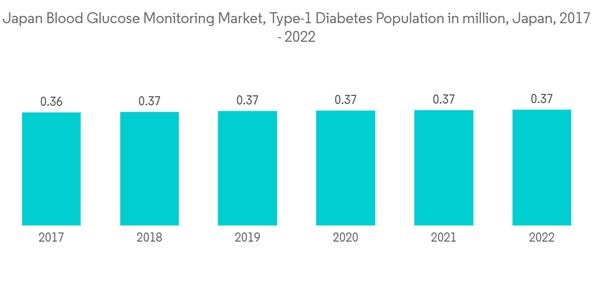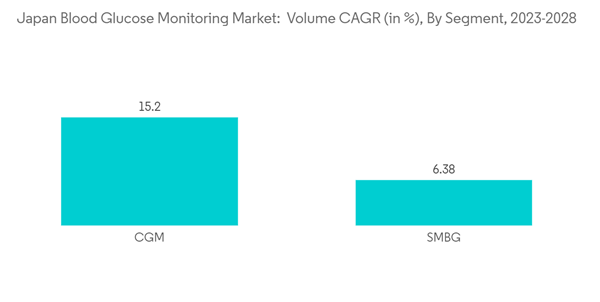During the COVID-19 pandemic, the number of Japanese victims was lower than in other countries, possibly due to gene differences, aspects of Japanese culture, and coagulation system characteristics that are less potent in Japanese than in Caucasians. To relieve overburdened hospitals, the Osaka prefectural government classified patients as mild, moderate, or severe and distributed them among various alternative accommodations. Patients in hospitals were managed in accordance with national government guidelines. Concentrating on moderate patients, i.e., those whose oxygen saturation levels were acceptable despite the presence of characteristics on computed tomography.
The pandemic also highlighted opportunities for continuing and expanding innovations in the delivery of diabetes devices, through virtual consultations between healthcare providers and people with diabetes, and the use of diabetes technology. Crisis management has created unprecedented interest in remote care from both patients and providers and removed many long-standing regulatory barriers. Thus, the COVID-19 outbreak increased the Japanese diabetes drugs market's growth.
While Type 1 diabetes is caused by an immune system malfunction, Type 2 diabetes is linked to leading a sedentary lifestyle, which results in the development of inherent resistance to insulin. Hence, Type 1 diabetes can be characterized as insulin-requiring, while Type 2 diabetes can be characterized as insulin-dependent diabetes. Japan has one of the largest elderly populations in the world which is more susceptible to the onset of type 2 diabetes. As Japan's population continues to age, the prevalence of diabetes increases as well. The monitoring and management of blood glucose levels are on the rise, to avoid negative consequences, such as cardiovascular diseases, kidney disorders, and many other conditions.
Therefore, owing to the aforementioned factors the studied market is anticipated to witness growth over the analysis period.
Japan Blood Glucose Monitoring Market Trends
Increasing Type-1 diabetes population across Japan
Diabetes has emerged as a global epidemic; Japan has around 11 million people with diabetes, according to IDF 2021 data. While Type 1 diabetes is caused by an immune system malfunction, Type 2 diabetes is linked to leading a sedentary lifestyle, resulting in inherent resistance to insulin. Hence, Type 1 diabetes can be characterized as insulin-requiring, while Type 2 diabetes can be characterized as insulin-dependent diabetes. Japan has one of the largest elderly populations in the world, which is more susceptible to the onset of Type 2 diabetes. As Japan's population continues to age, the prevalence of diabetes also increases. Monitoring and managing blood glucose levels are on the rise to avoid negative consequences, such as cardiovascular diseases, kidney disorders, and many other conditions.The rise in diabetes cases in Japan is thought to be due to an increase in the number of older adults, who are more vulnerable to disease, and an increase in obesity due to a lack of exercise and irregular eating habits. Another reason is that more people have been diagnosed with the disease after being directed to a medical facility based on the results of the metabolic syndrome examination, which was introduced in 2008 to prevent lifestyle-related diseases. Diabetes cases are expected to increase even further in the coming years as Japan's society ages.
As a result of the factors above, the growth of the studied market in Russia is anticipated.
Continuous Glucose Monitoring Holds Highest CAGR in Japan Blood Glucose Monitoring Market.
Diabetes is a complex and chronic disease that can cause blindness, neuropathy, kidney disease, myocardial infarction, or stroke. Patients must control their glucose levels daily to avoid aggravation and the onset of complications. Apps for real-time continuous glucose monitoring (CGM) on smartphones and other devices linked to CGM systems have recently been developed, and such CGM apps are also being used in Japan. Compared to traditional retrospective CGM, using CGM apps improves patients' blood glucose control, which is expected to help slow the progression of Type 2 diabetes mellitus (DM) and prevent complications.Continuous glucose monitoring sensors use glucose oxidase to detect blood sugar levels. Glucose oxidase converts glucose to hydrogen peroxidase, which reacts with the platinum inside the sensor, producing an electrical signal to be communicated to the transmitter. Sensors are the most important part of continuous glucose monitoring devices. Technological advancements to improve the accuracy of the sensors are expected to drive segment growth during the forecast period.
Monthly dialysis medical costs average around 400,000 per person and around 1.6 trillion annually for the country, accounting for roughly 4% of all medical expenditures. It is, therefore, critical to improve the daily habits of those at risk of diabetes and to keep those who have already contracted the disease from worsening.
The increased diabetic prevalence in Russia and the above factors will likely drive segment growth during the forecast period.
Japan Blood Glucose Monitoring Industry Overview
The blood glucose monitoring market is highly fragmented, with few major manufacturers present in the market. The CGM devices market is dominated by major players, like Dexcom, Medtronics, Abbott, and Senseonics. The market for BGM devices comprises more generic players like Roche, LifeScan, Arkray, Ascensia, etc. Technological innovations in the recent past helped companies to strengthen their market presence.Additional Benefits:
- The market estimate (ME) sheet in Excel format
- 3 months of analyst support
This product will be delivered within 2 business days.
Table of Contents
Companies Mentioned (Partial List)
A selection of companies mentioned in this report includes, but is not limited to:
- Abbott Diabetes Care
- Roche Holding AG
- LifeScan
- Dexcom Inc.
- Medtronic PLC
- Arkray Inc.
- Ascensia Diabetes Care
- Agamatrix Inc.
- Bionime Corporation
- Acon Laboratories Inc.
- Trivida Functional Medicine
- Senseonics










